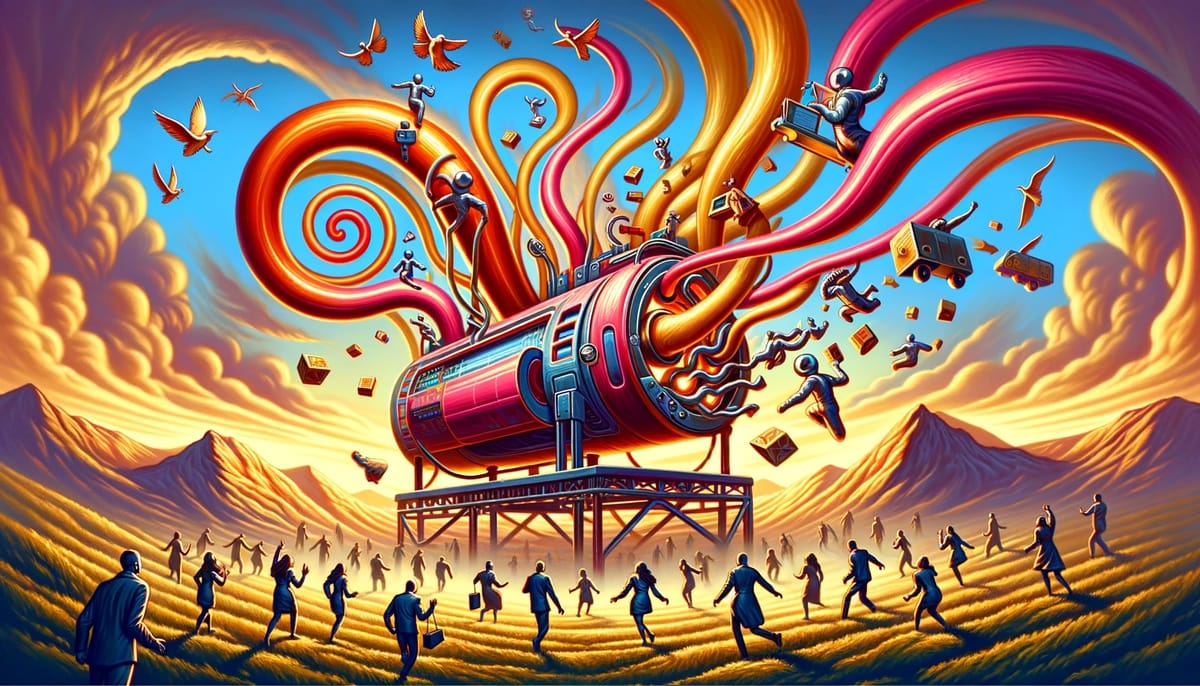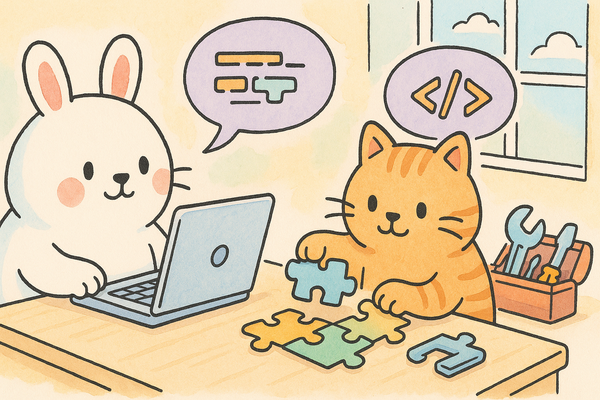You’re struggling to keep customers loyal. How can you use marketing automation software to help?

It's easy to fall into the trap of Seeing like a State as a marketer. The concept of "seeing like a state" refers to the process by which governments simplify complex societies through standardization and ordering, aiming to make them more manageable and governable, often at the expense of local practices and knowledge that do not fit into these standardized frameworks. In this case, marketers oversimplify customers into click-through rates and funnel statistics and mistake that for the only picture worthy of consideration. The map is not the territory.
Marketing automation software doesn't help. Usually deployed at scale, it necessarily reduces and aggregates. My objection isn't that it does–that sort of aggregate statistic is very useful from one perspective. But if you only look at that perspective, you end up asking the wrong questions, like the ones that follow in this LinkedIn Advice Column about how to leverage marketing automation software.
Software engineers can also fall prey to this, even with something as simple as taking variance into account in addition to the expected value. With my recent work, the original formulations for Merkle Search Trees and Prolly Trees claim an expected value for node sizes in a self-balancing tree. While true, what they fail to mention is that the distribution of node sizes is geometric, not normal. Hence, even if there is a long tail of node sizes that extend far beyond the expected node size, which is completely not what you want for a balanced tree.
So without further ado, here are these LinkedIn questions.
What is marketing automation software?
Marketing automation software is a type of software that automates and integrates various marketing tasks, such as email marketing, social media marketing, lead generation, lead nurturing, customer segmentation, analytics, and more. By using marketing automation software, you can save time, reduce human errors, and improve your marketing efficiency and effectiveness. Marketing automation software can also help you create and deliver personalized and relevant messages to your customers based on their behavior, preferences, and needs, which can enhance their experience and loyalty.
Marketing automation software is what a company uses to talk to customers when it can't give a personal human concierge to each customer. What we gain at scale we lose in the personal. While there are templates and other tools for personalization, customers can often pick up on the impersonal nature of machine-generated comms. Yet, it's the best we can do for now. Perhaps with the new crop of generative AI, marketing automation won't be so bad.
What marketing automation is good at is nudging customers towards a goal in low-touch scenarios at scale. It's also great for aggregating statistics across time and cohorts to give a larger map of your customer base. But it's easy to mistake this for the only picture as most marketers do.
How does marketing automation software work?
Marketing automation software works by using triggers, actions, and conditions to create workflows that automate your marketing campaigns and activities. For example, you can set up a trigger that sends a welcome email to a new subscriber, an action that adds them to a specific segment, and a condition that checks if they open the email or not. Based on the condition, you can then send them different follow-up emails or offers to encourage them to take the next step in your sales funnel. You can also use marketing automation software to track and measure your marketing performance and results, such as open rates, click-through rates, conversions, revenue, and more.
Marketing automation software is a type of simplified data flow programming, where you set up triggers for actions and funneling of customers to the next step.
Don't copy other people's workflows off the bat. You'll likely copy the errors and quirks of their business as well. The key is to do things by hand first and notice what is repetitive. Then automate that if it's worth the time you spent automating it.

Too many fall into the trap of automating something that you're only going to do a few times, as painful as it might be to do it by hand.
Try to make your triggers and workflows simple. Debugging is a pain. For critical workflows, you can make workflows that monitor other workflows.
How can you use marketing automation software to boost customer loyalty?
Marketing automation software can help you boost customer loyalty in several ways, such as sending personalized and timely messages based on their behavior, interests, and needs. You can also nurture leads and customers throughout their journey with your brand, from awareness to purchase to retention. Furthermore, creating loyalty programs and campaigns that reward customers for their repeat purchases, referrals, reviews, or feedback can be beneficial. Additionally, re-engaging inactive or at-risk customers with targeted and relevant messages can remind them of your value proposition, benefits, or offers. By using marketing automation software to boost customer loyalty, you can increase customer satisfaction, retention, advocacy, and revenue; as well as reduce customer acquisition costs and churn rate.
The way to boost customer loyalty is to solve their problem at the moment of their struggle, either with the problem your product is supposed to solve or with the product itself. When you are having problems and a company just swoops in to say "We'll take care of it right now", and they actually do it, that's when you know you can trust these people. And that's why I want to go back. That's what builds loyalty.
Marketing automation on its own is not going to fix that. What it can do, however, is alert you of those moments of struggle, at scale. What you set up to address those moments is the key. Automation is the first step, not the last.
Here’s what else to consider
This is a space to share examples, stories, or insights that don’t fit into any of the previous sections. What else would you like to add?
Marketing automation emails are often about the company. Even if it's about what the customer wants, the latest sale or perk, I don't think it speaks to them. It should be about the outcomes customers care about even if it's outside the purview of the company. A customer of a spade doesn't just care about spades. They care about growing tomatoes or getting the best yield. As such, I think it's often a missed opportunity. But it can be hard to do with large companies with lots of customer segments. Customers of cars and laptops care about many different outcomes. Automation is good at segmentation. Generative AI is good at text about outcomes for different segments.



